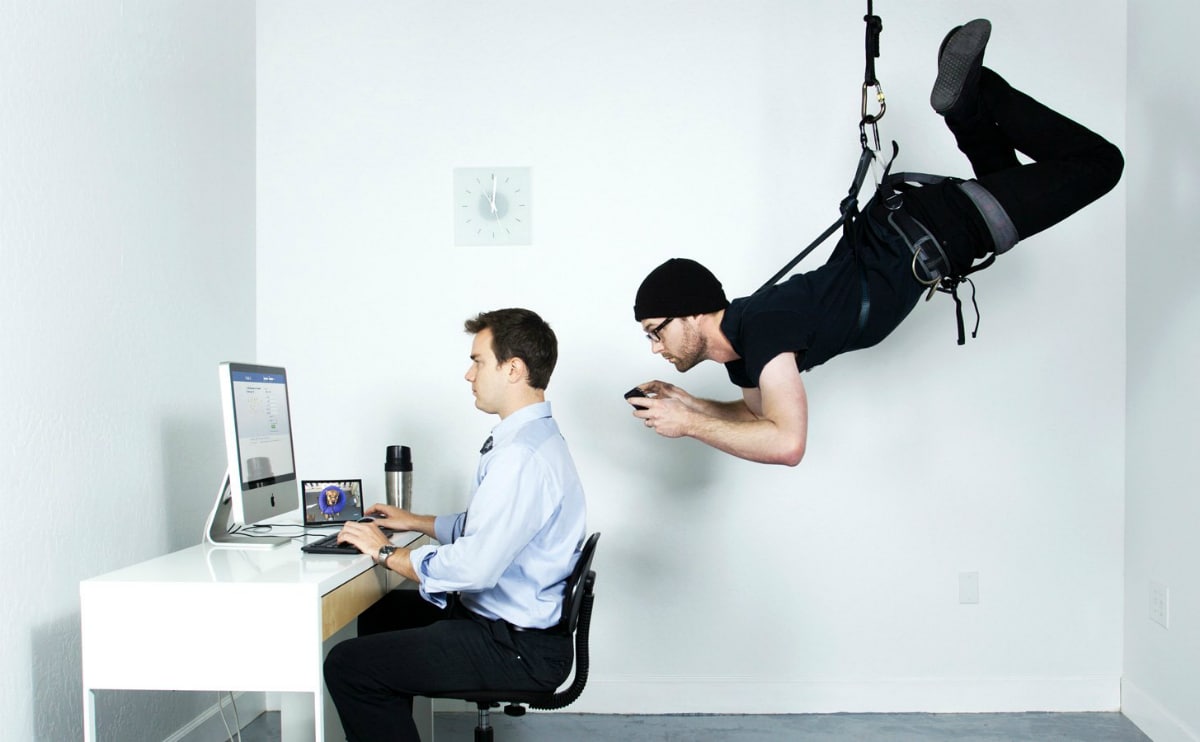In 2013, there was a hallmark case Lazette v. Kulmatycki, N.D. Ohio No. 3:12CV2416 where an ex-employee of Verizon Wireless filed a lawsuit against the company for reading her private emails on a company phone. The big issue, in this case, was the fact that the employee no longer worked for Verizon when her emails were read by one of the supervisors – 48,000 e-mails from her private Gmail account over a course of 18 months. In this article we are going to take a look at when monitoring is right and when it is wrong.
In this case, it wasn’t the issue of the device that was the center of the court’s decision to continue with the case. It was the fact that the supervisor was opening anex-employee’s e-mails before even she herself had opened them – and for months after she had already quit. The fact that she forgot to delete her Gmail account from Verizon’s company phone didn’t translate into consent.
This case has become a go to example of how employers must tread cautiously when accessing an employee’s personal social media accounts.
Other Ways Social Media Can Get Employers Into Trouble
Using Social Media in the Hiring Process. Recently, employers around the world have been employing a new and troubling method as a part of the hiring process: requiring employees and future employees to give their usernames and passwords to the employer. But such practices can lead to breach of privacy and discrimination lawsuits if not done carefully.
[pullquote]A person’s social media account such as Facebook has options to only share things with friends and/or family or to keep their photos and post completely private, where only the account owner can view certain things.[/pullquote] But if employers are requiring usernames and passwords, this private information is no longer private. Not only this, but it can place the account owner at risk if the company is not responsible for such sensitive information.
Lisa Bertini from Bertini Law Firm states, “Employers can get away with a lot more then they can ever get tagged on.” As long as the employer doesn’t broadcast to others in the company that a hiring decision was made based upon what was found on an individual’s social media account, then pure assumption isn’t enough to land the employer in court. “The bigger picture is whatever you put out there, you may never know why you weren’t hired,” she said. “It’s so subtle and discrete. Discrimination happens even without social media.”
Supervisors “Friending” Employees From Work. Attorneys are cautioning business owners and managers from “friending” or “following” employees on Facebook and Twitter. Such activities can lead to a number of issues from claims of sexual harassment, discrimination or even wrongful termination. Not only that, but other employees may feel that the employer or supervisor favor some employees over others if they don’t “friend” or “follow” all of their subordinates.
Firing Employees for Their Activities Done on Personal Social Media Accounts. When a server for Pier Sixty, a Manhattan waterfront event venue was fired for making profane comments about one of his superiors, a court ruled that the firing was unlawful, even if he had used language that went against company policy. The Second Circuit ruled in April of this month that the worker was more than likely fired for his support of unionizing the waterfront event venue rather than for using bad language on Facebook, which is a private social media domain.
Not all jobs are protected under freedom of speech, though, such as a job involving public service. In one such example, a Bartow police officer who was fired after racist Facebook posts were revealed by the public and protest for her dismissal ensued. This is because police officers and other public servants must be trusted that they are doing their jobs without any sort of racial or otherwise prejudice motives that would make their actions go against the better good of the greater public.
IMAGE: MEDIA BAKERY
Video Surveillance At The Workplace
[pullquote]Employee theft is one of the most prevalent occurrences in a business.[/pullquote] Around 75 percent of employees have admitted to stealing from their place of work at least once in the course of their employment. And with the median amount stolen as high as $175,000, it’s no surprise that national employee theft reached $50 billion annually.
This is why video surveillance has become the number one weapon in fighting workplace theft. And with 37.1 percent managers perpetrating theft, it is even more important to invest in equipment that protects the video from alteration.
Monitoring Company Computers
Just as with monitoring social media in its many forms, monitoring company computers can also have its thin red line that every employer must walk carefully. And as a business owner myself, I am not one who sits around yelling at every employee who downloads an episode of Dexter or watches some funny kitten videos on YouTube (and who can avoid those anyway). But some activities that a small percentage of employees engage in can ruin your business. This is why it is important to monitor your employee’s activities on company computers to a certain degree.
User activity monitoring applications must be used with care, all the while trying to protect your business. Technology today gives employers the power to monitor everything from what websites they visit to where they go during their lunch breaks, thanks to GPS applications on smartphones. Whatever technology you choose to use or whatever tactic you choose to employ, just remember to be reasonable. A lot of employers find that giving trust to their employees goes a long way.
For more monitoring-related information and news here on Bit Rebels, click here!


COMMENTS